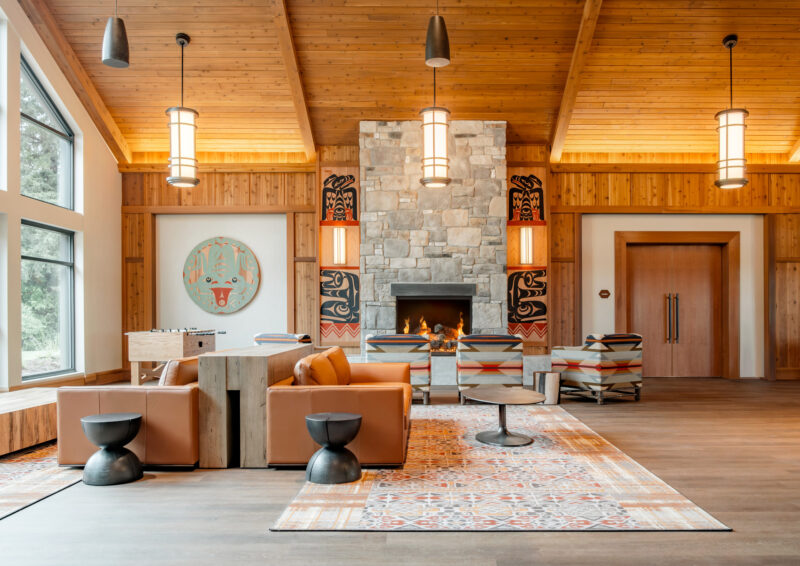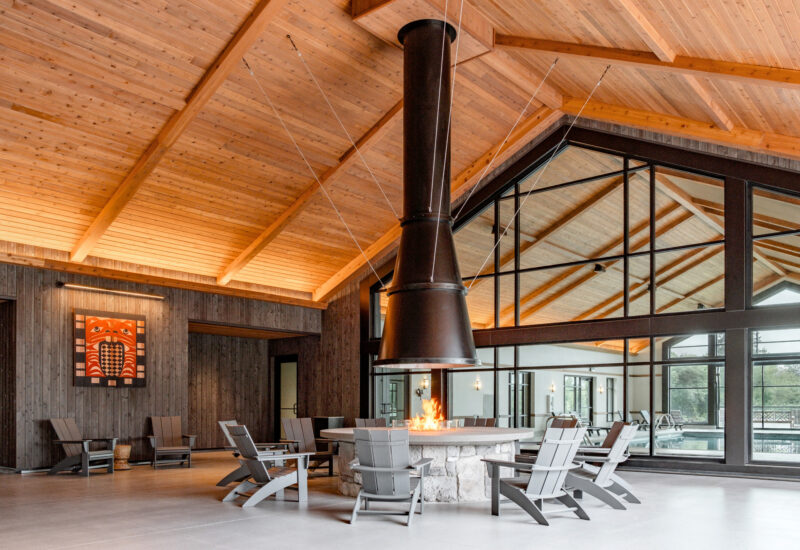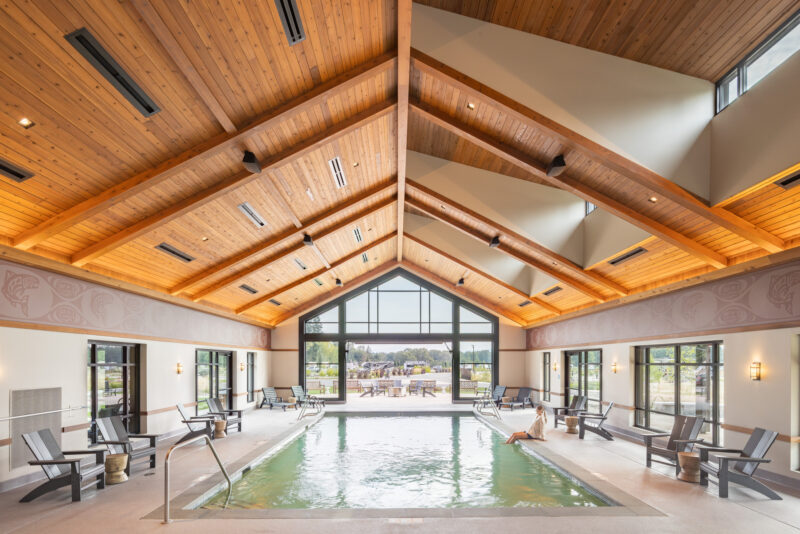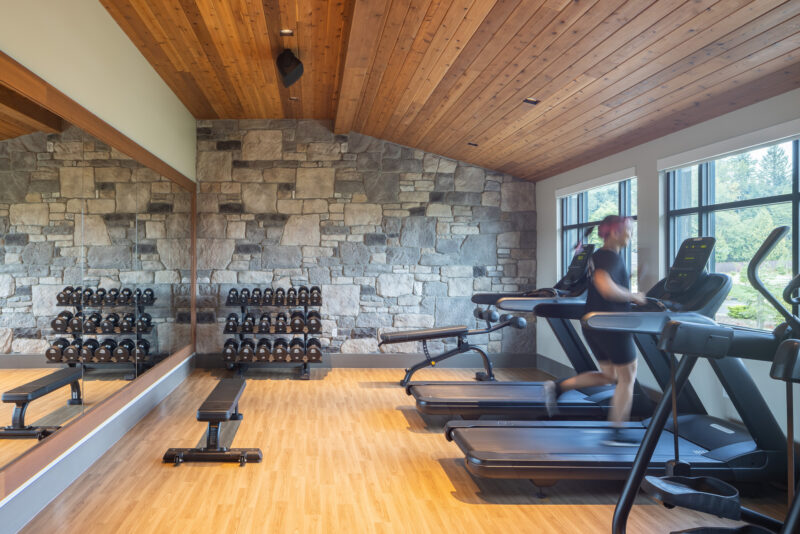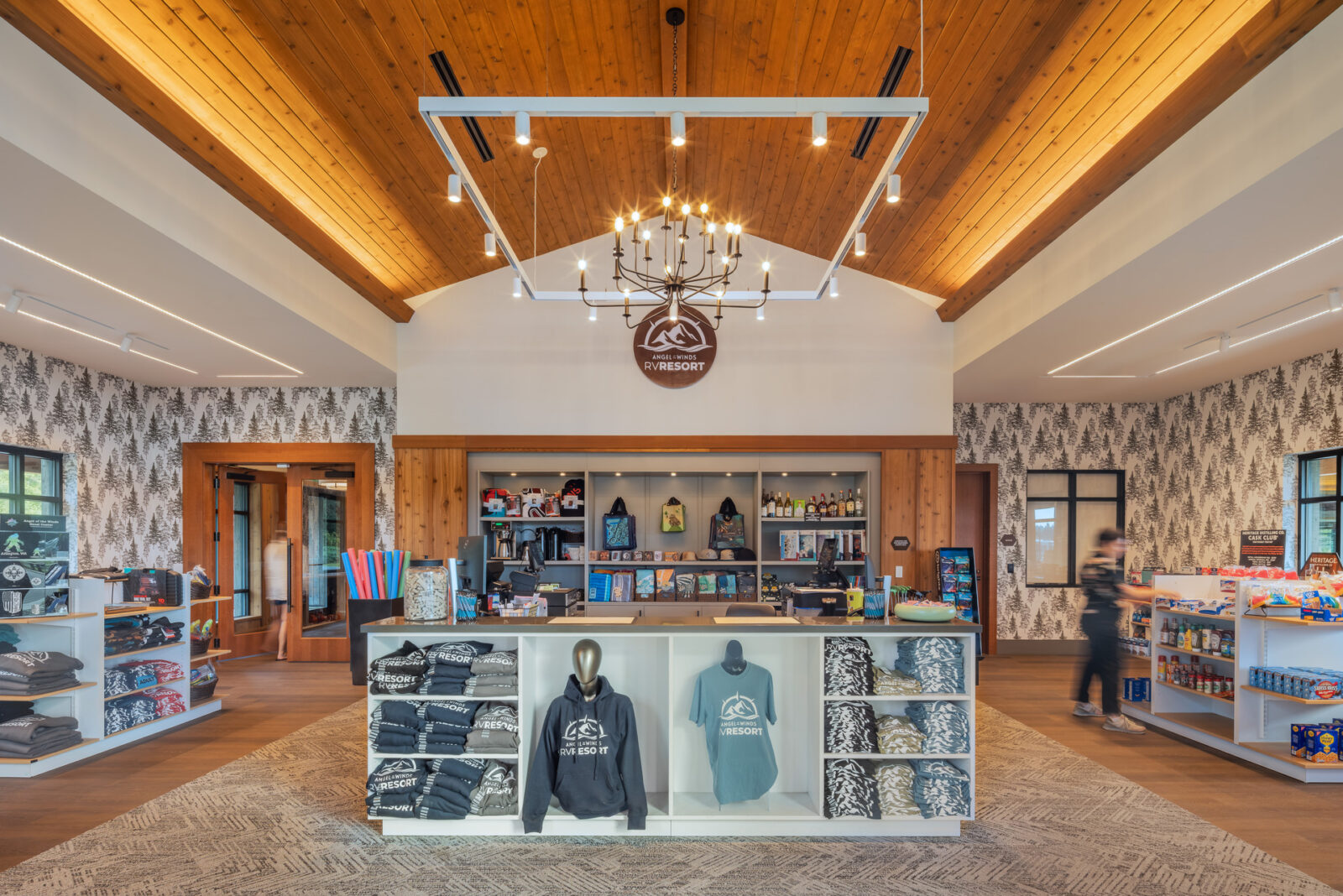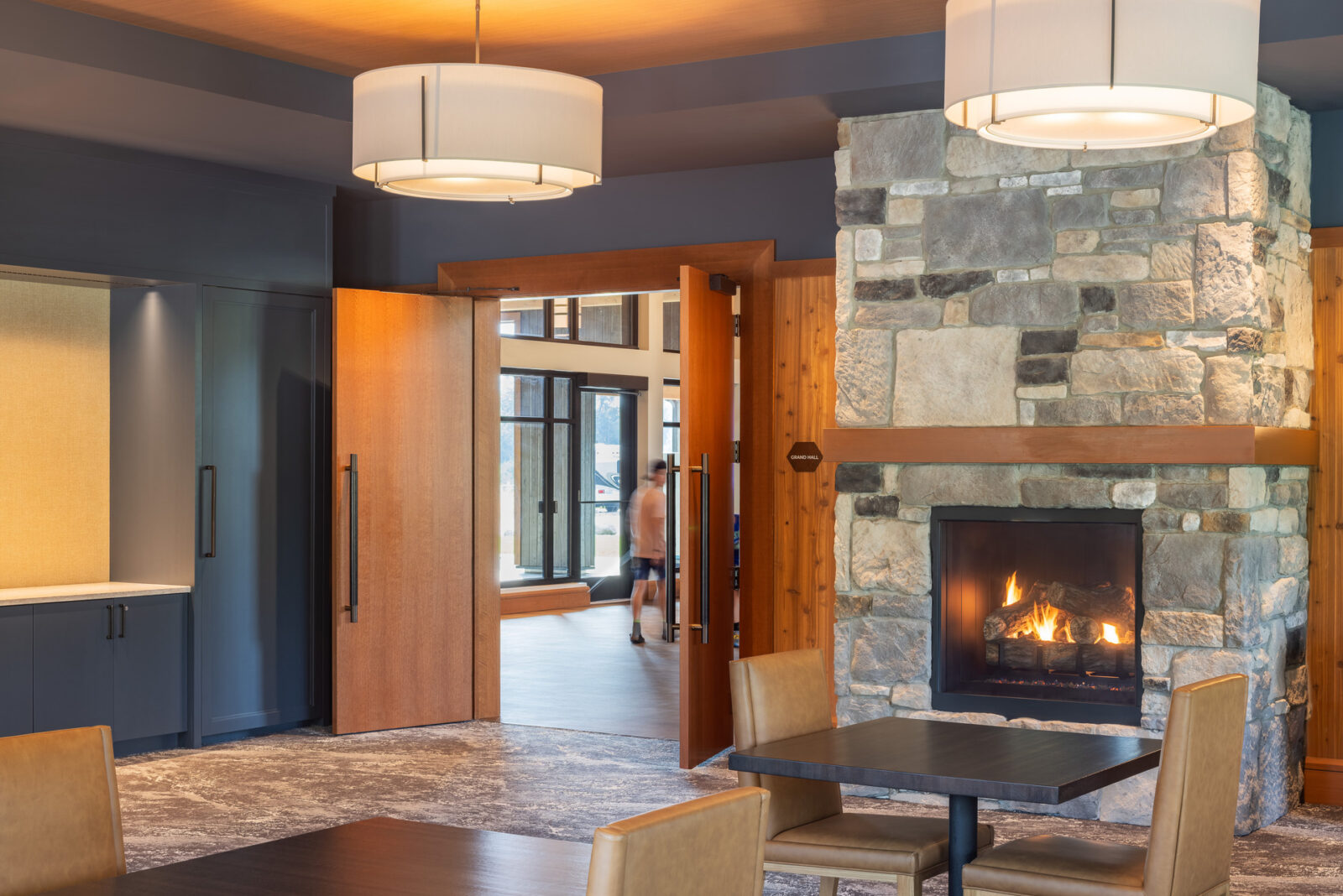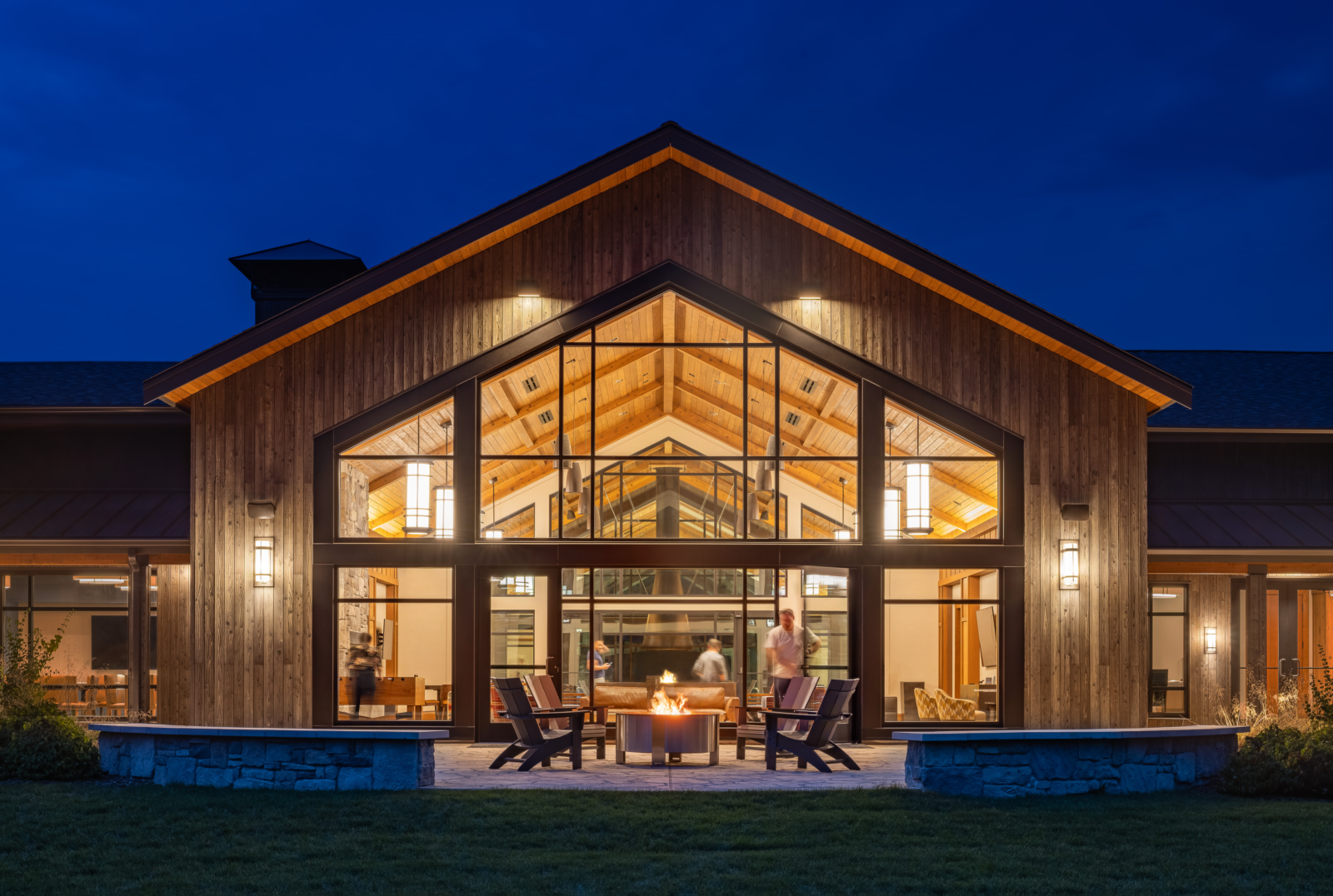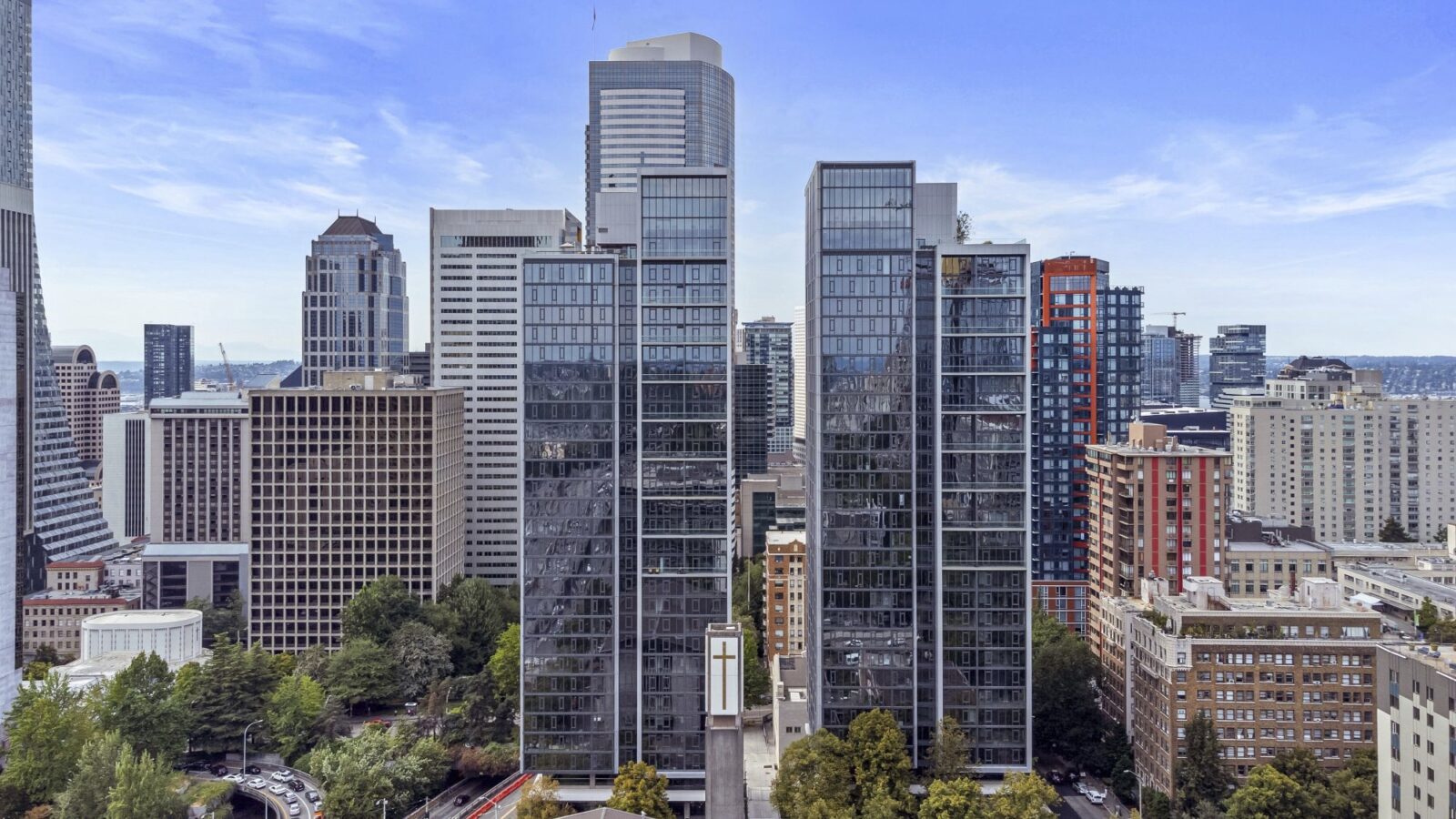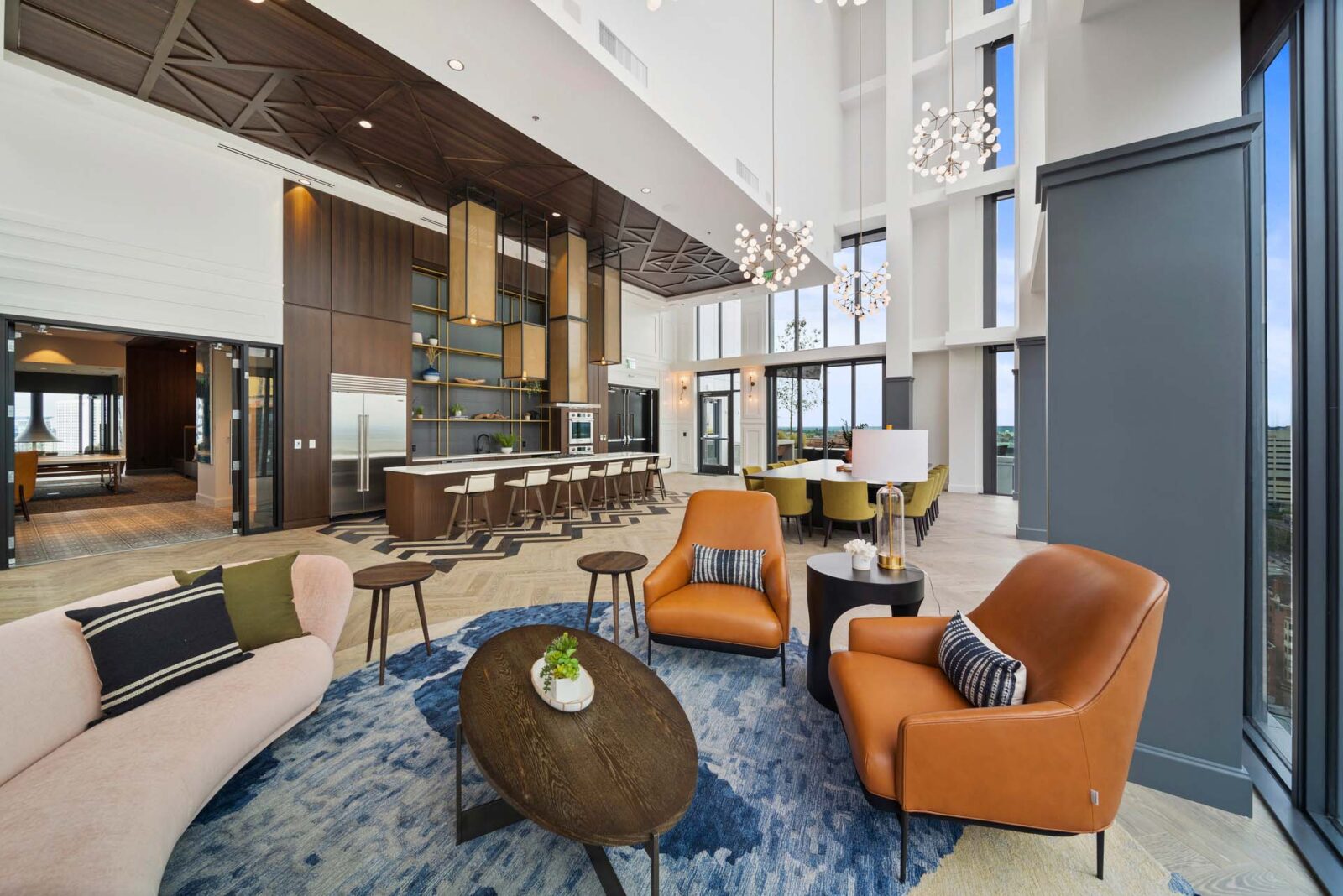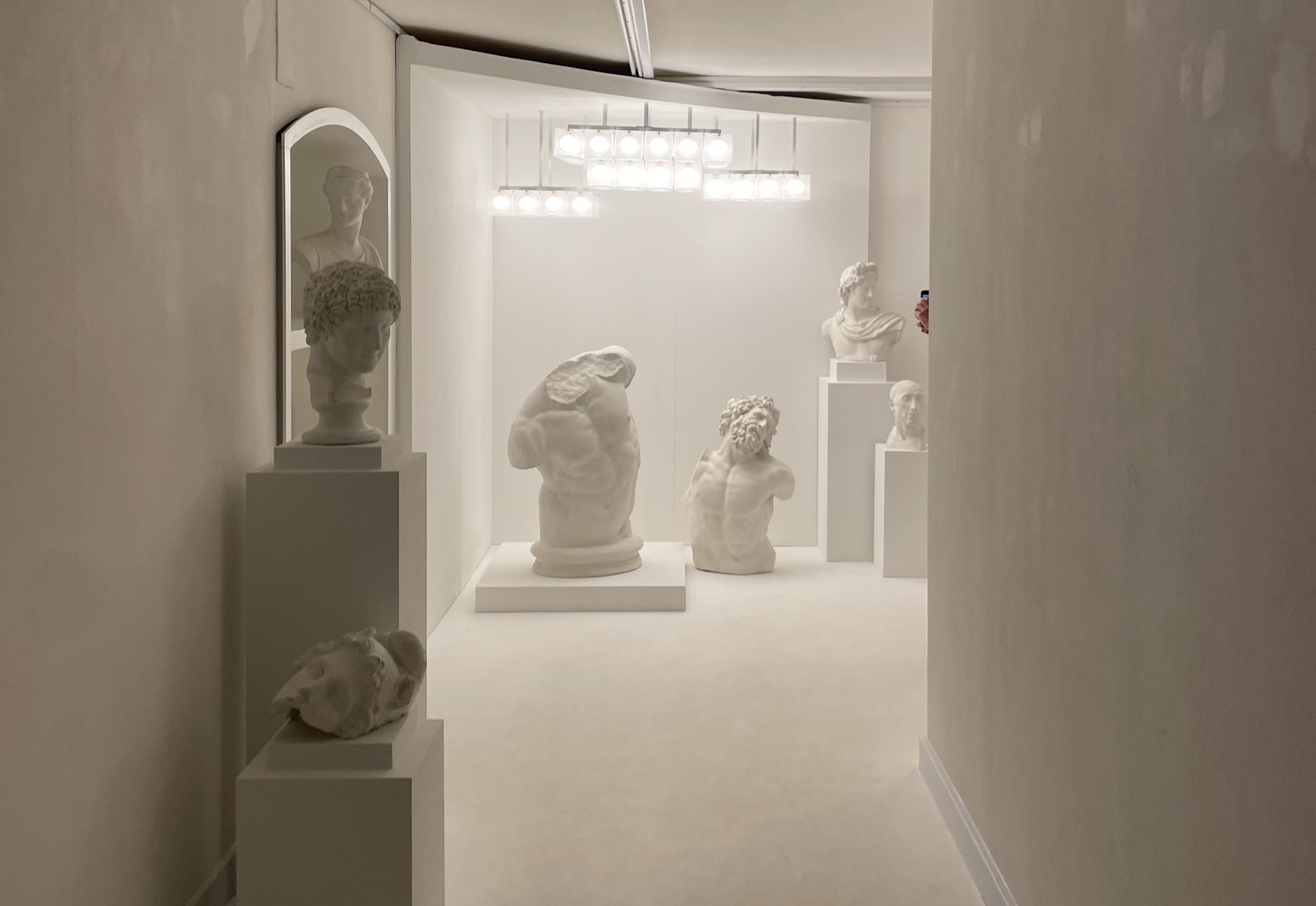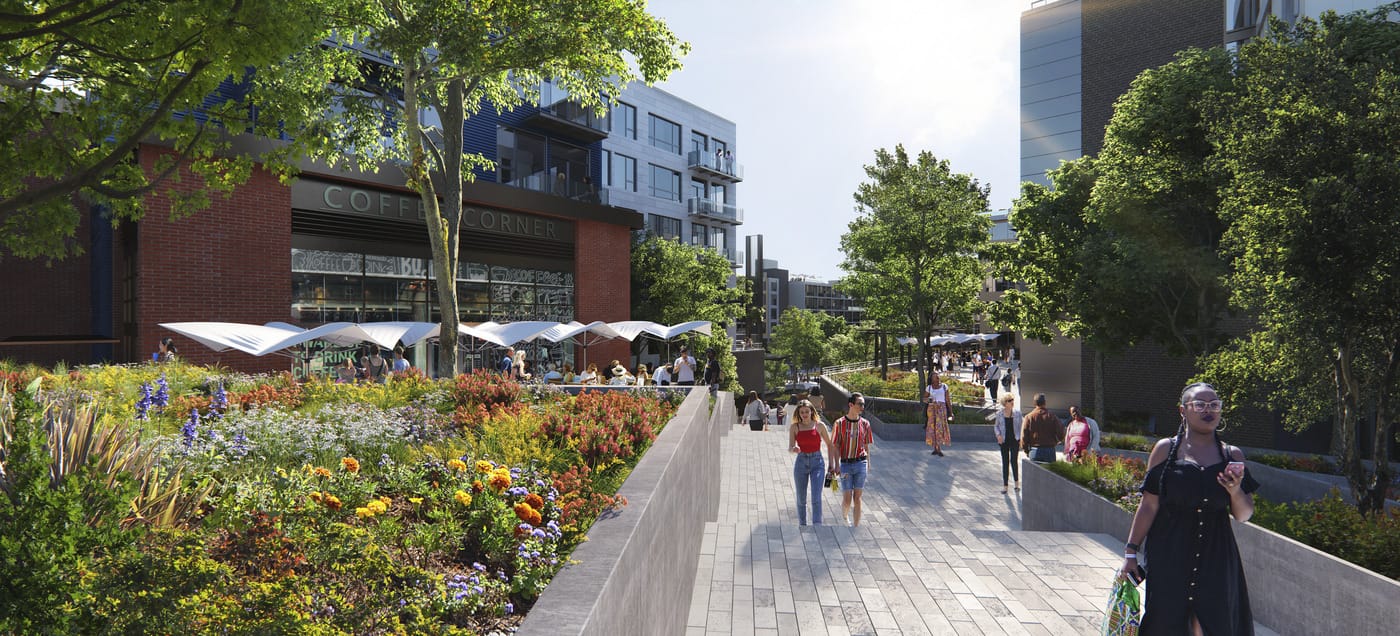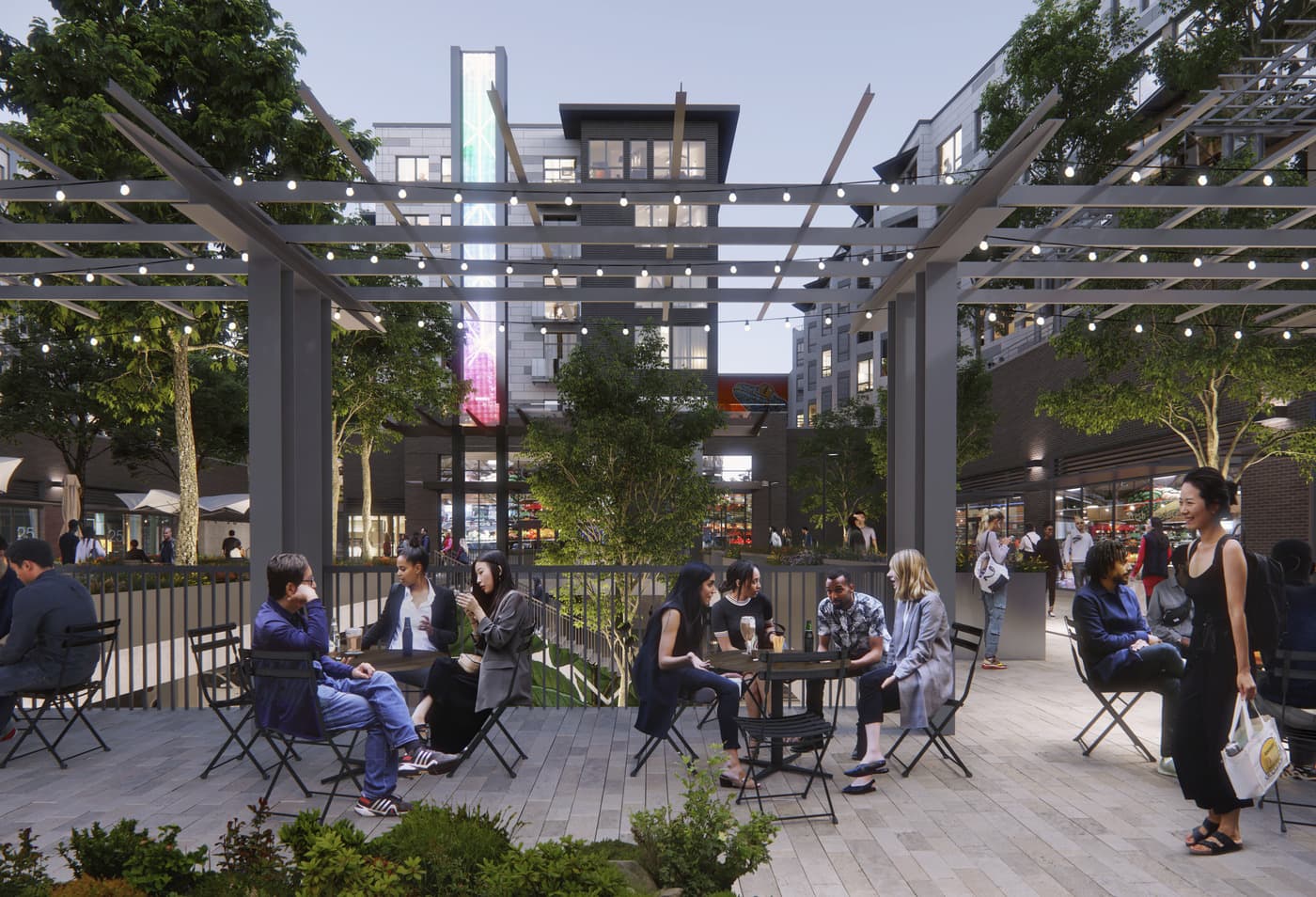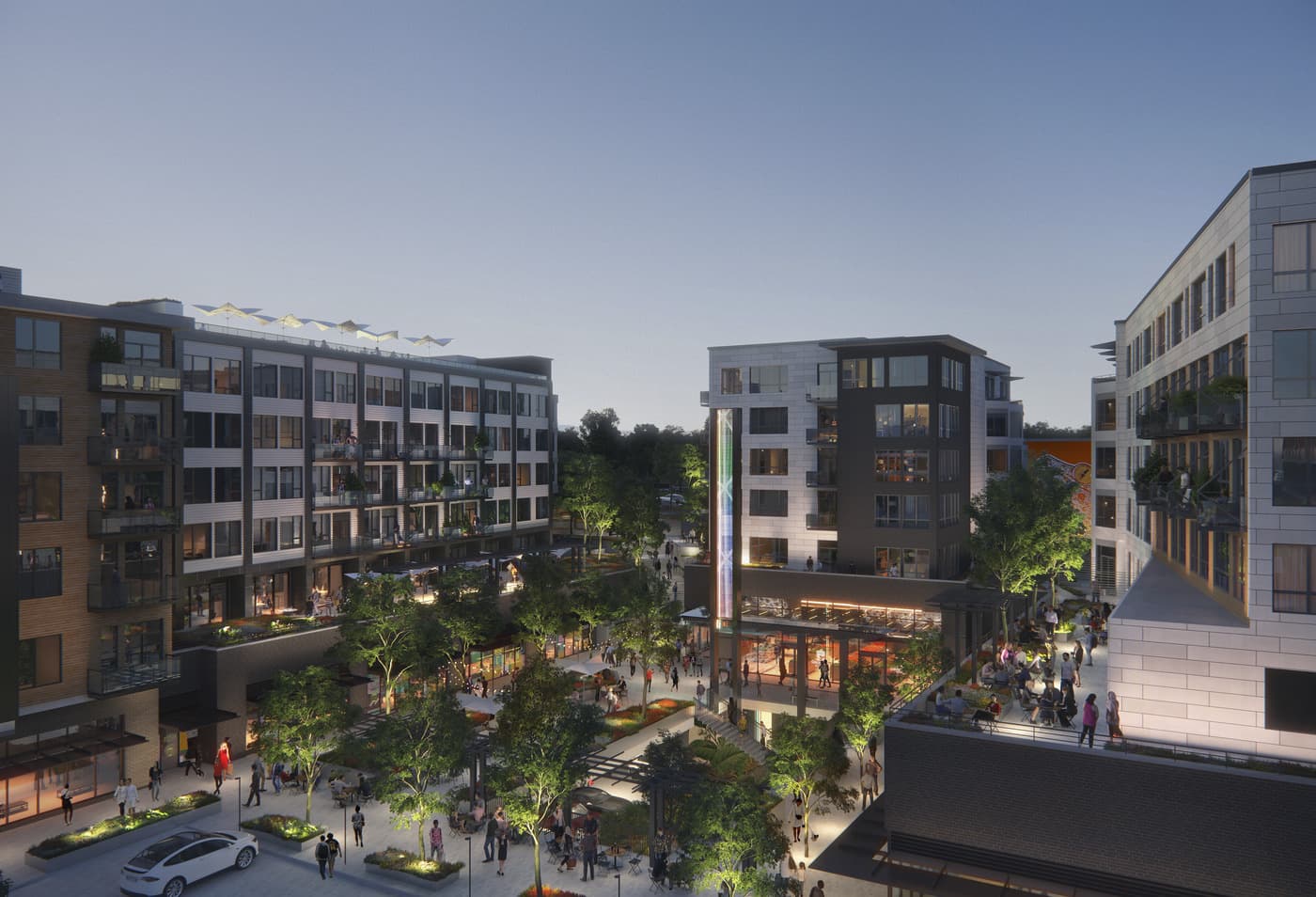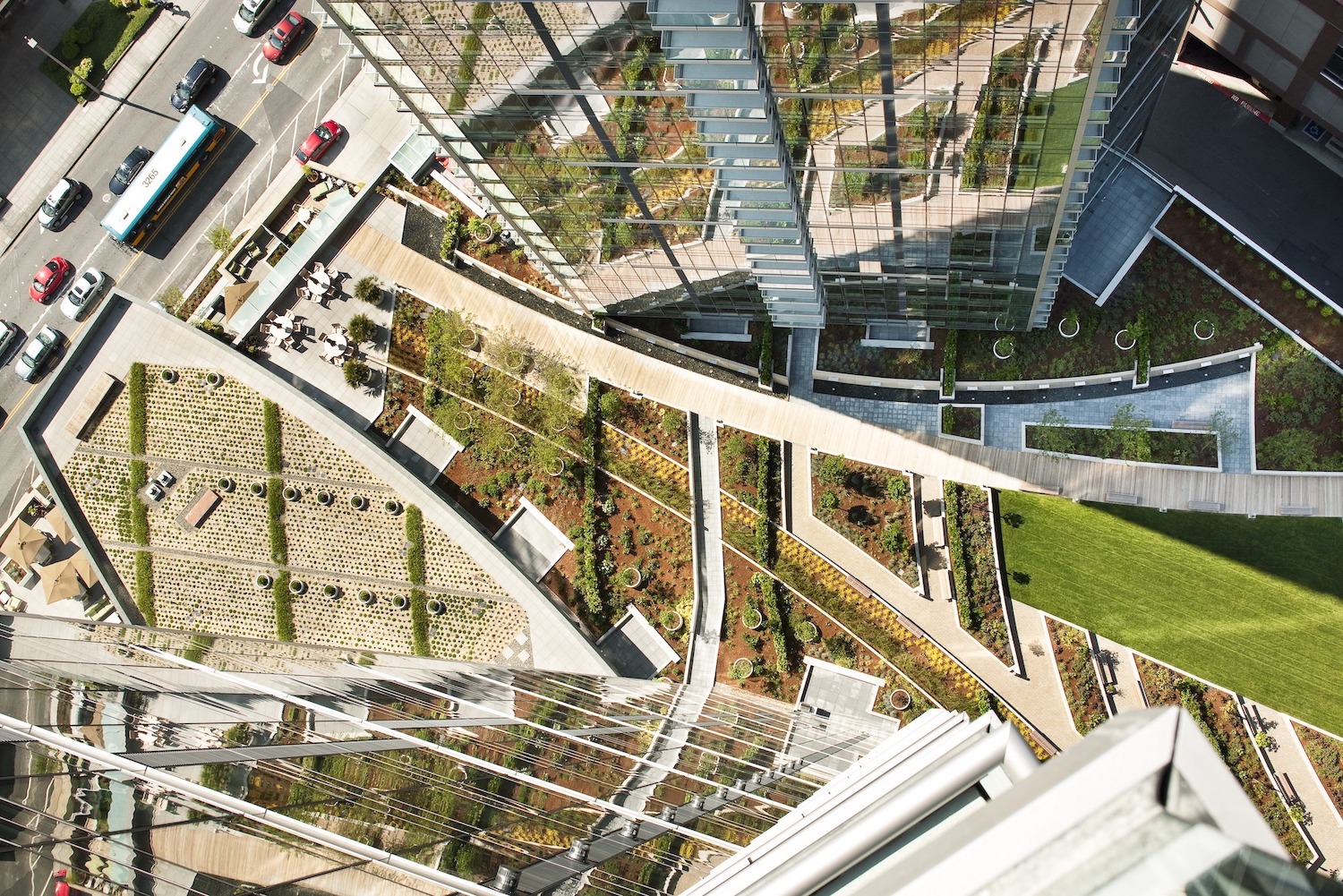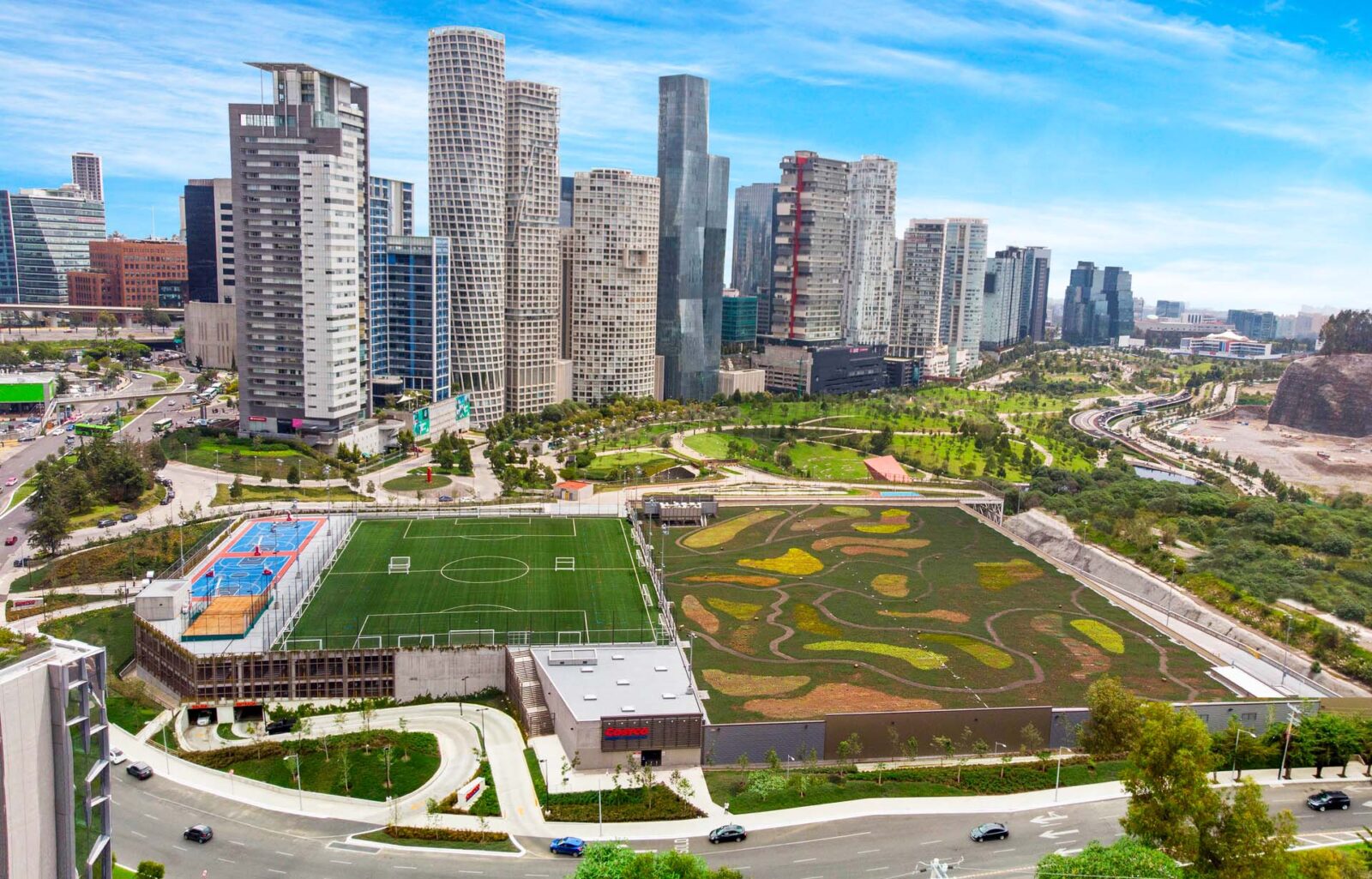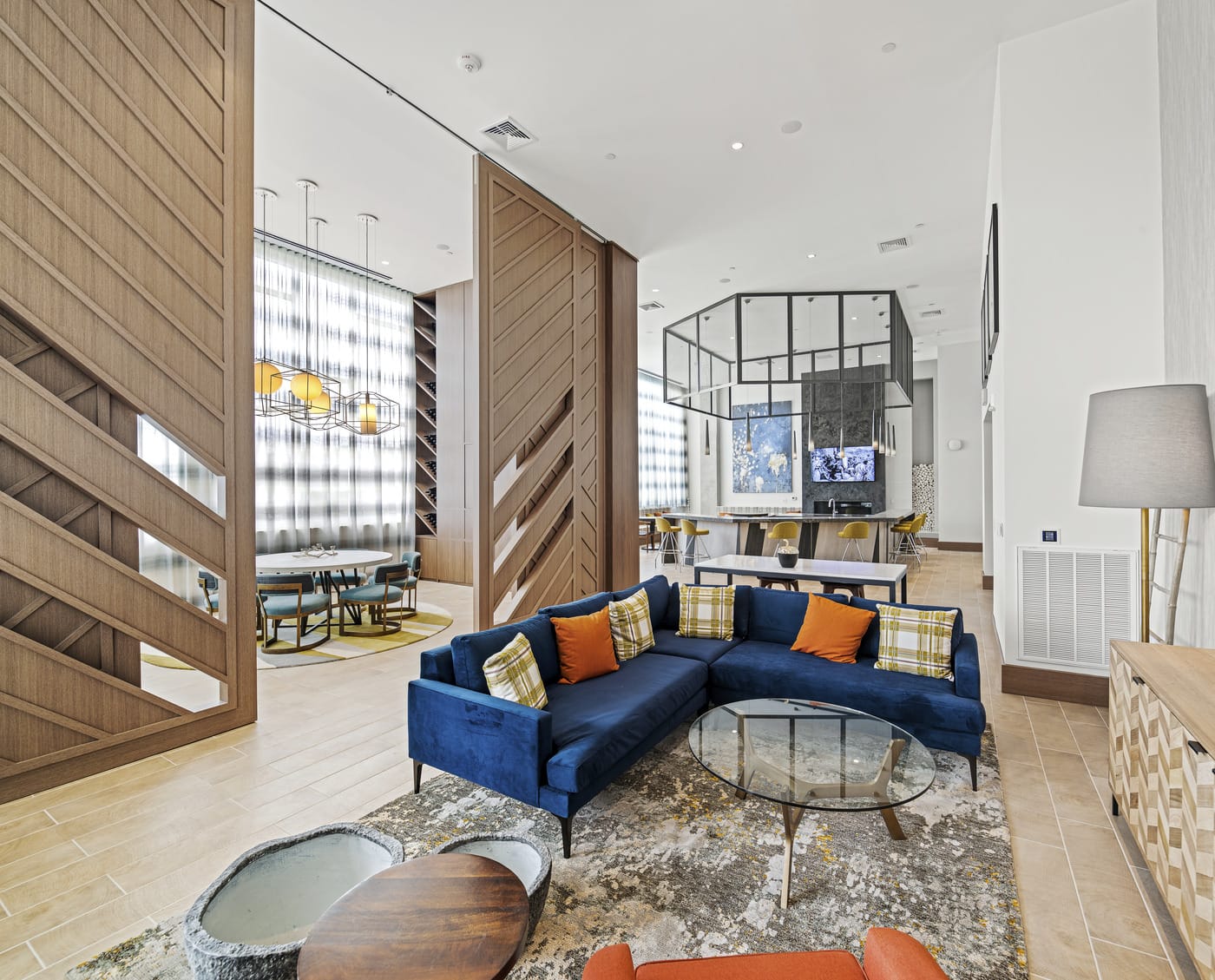社区环境
萨利希小屋翻新

Perched above Snoqualmie Falls, Salish Lodge is an iconic Pacific Northwest destination. MG2 partnered with Salish Lodge to re-envision its guest experiences, maintaining the original character while introducing a contemporary approach. Rooted in the surrounding landscape, the reinvented spaces offer warm, inviting atmospheres that bring the beauty of the outdoors inward.
MG2 reimagined the Restaurant and Terrace Bar while upholding Salish Lodge’s aesthetic. The design team retained key original features, including wood beams, slate flooring, and a distinctive light fixture, while thoughtfully integrating new elements. Bricks salvaged from the original fireplace were embedded into the exterior pathway, repurposing a sentimental piece of the lodge’s legacy. Natural textures and organic tones continue throughout, blending seamlessly with the grounds.
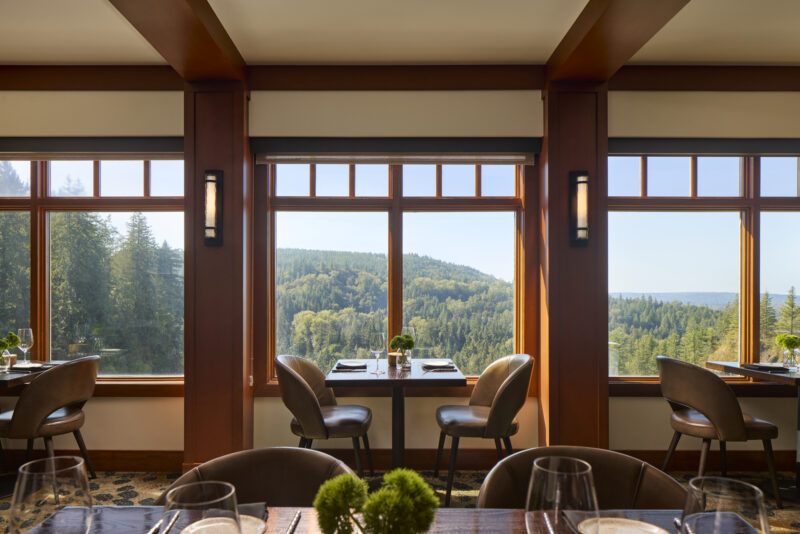

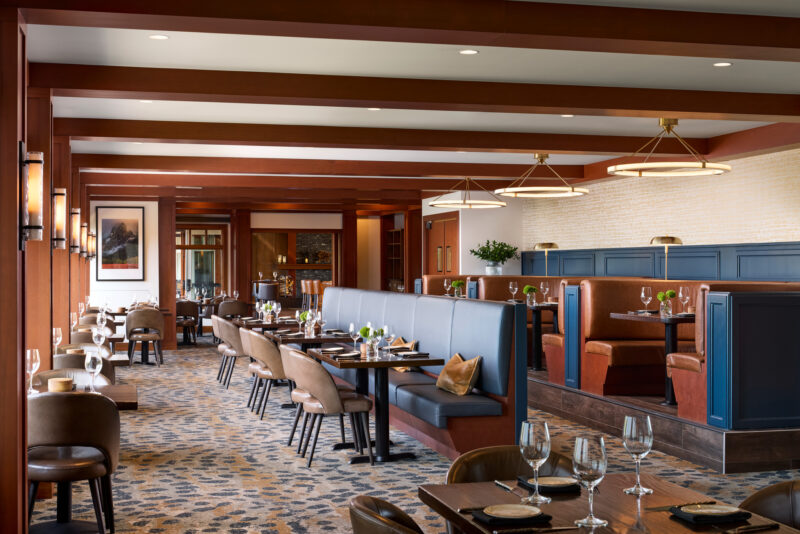
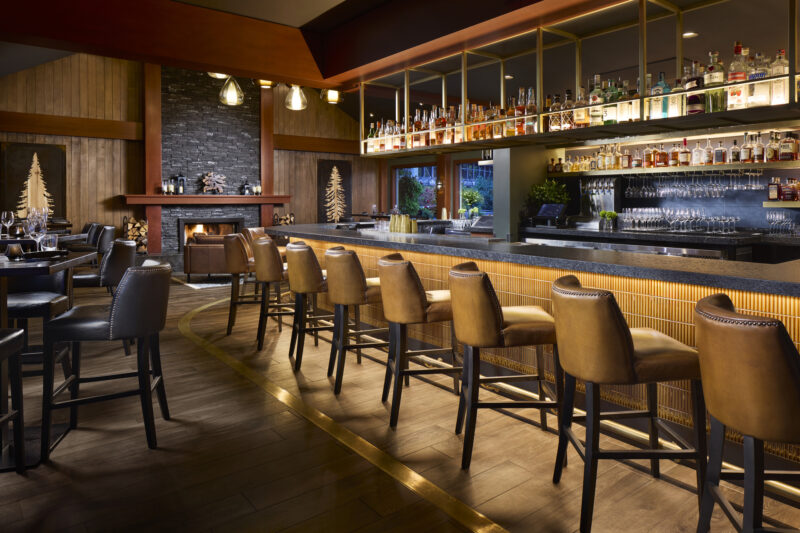
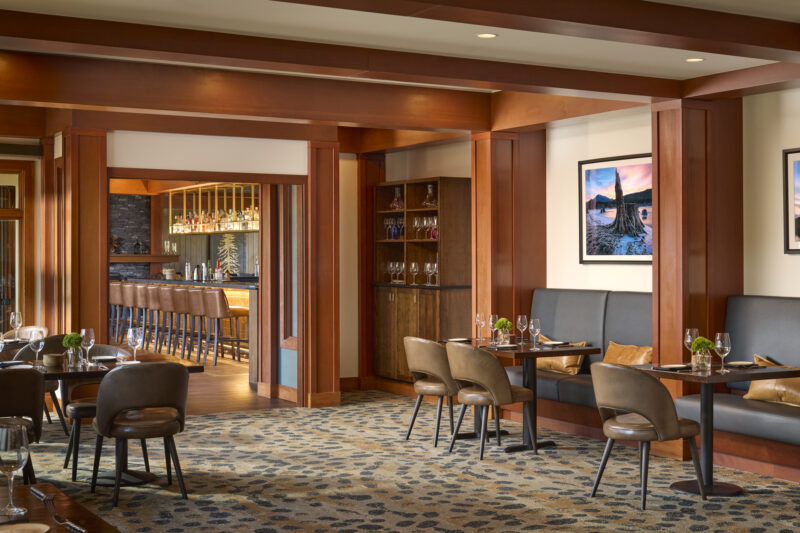
The restaurant renovation focused on both functionality and guest experience. A new commercial kitchen supports increased capacity and more efficient operations. The dining room was reorganized to maximize views, with raised banquettes at the back ensuring every guest can observe the stunning scenery. The new ballroom faces the waterfall, and carpeting throughout both spaces subtly echoes its flowing water. Updated finishes, improved lighting, and natural materials contribute to a cohesive, elevated dining experience that feels fully integrated with the rest of the lodge.
What was once a meeting room was transformed into the new Terrace Bar, offering expanded seating and a stronger connection to the outdoors. An obstructing column was removed to create a full, sweeping counter that anchors the space. Extending into a glass pavilion, the bar allows guests to enjoy the waterfall year-round while remaining sheltered from the Pacific Northwest weather. Inspired by the surrounding nature, honey-colored tile at the bar front reflects native yellow wildflowers, and leathered granite countertops introduce subtle texture. A revitalized fireplace, featuring a stone surround that ties into the bar’s granite, is framed by warm wood paneling to enhance the room’s inviting character. Deep green walls and brass accents balance cool and warm tones, while layered, moody lighting completes the atmosphere and reinforces the bar’s intimate, restorative feel.
MG2 further enhanced the lodge, introducing a new lobby bar, a rideshare-friendly porte cochere, and a bespoke grand timber reception desk.
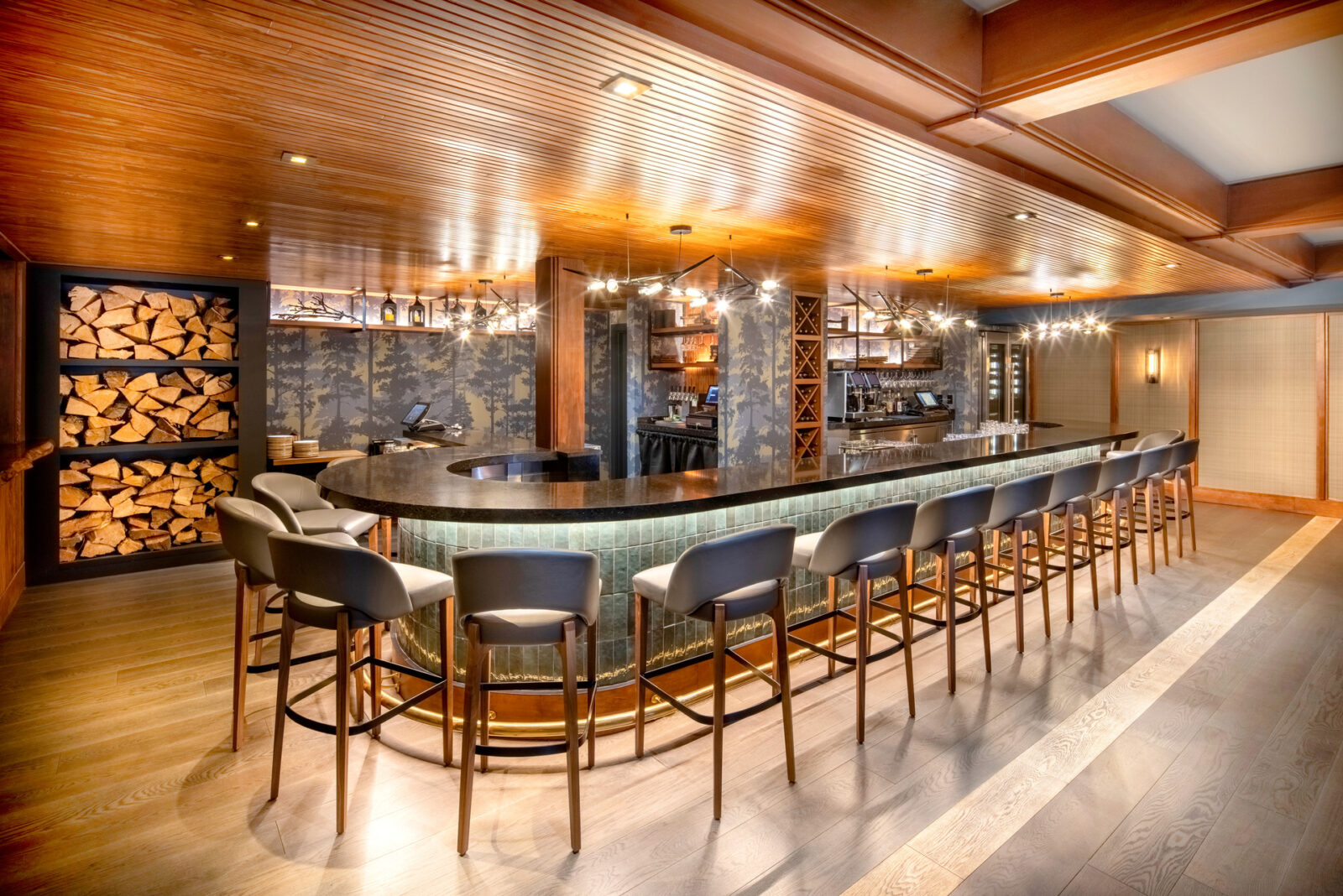

Nestled into the hillside and deeply connected to its environment, the reimagined Restaurant and Terrace Bar combine legacy with renewal. By preserving the essence of Salish Lodge while introducing refined upgrades and improved functionality, MG2 has created spaces that feel both familiar and revitalized, offering guests a more expansive, connected, and memorable experience.


